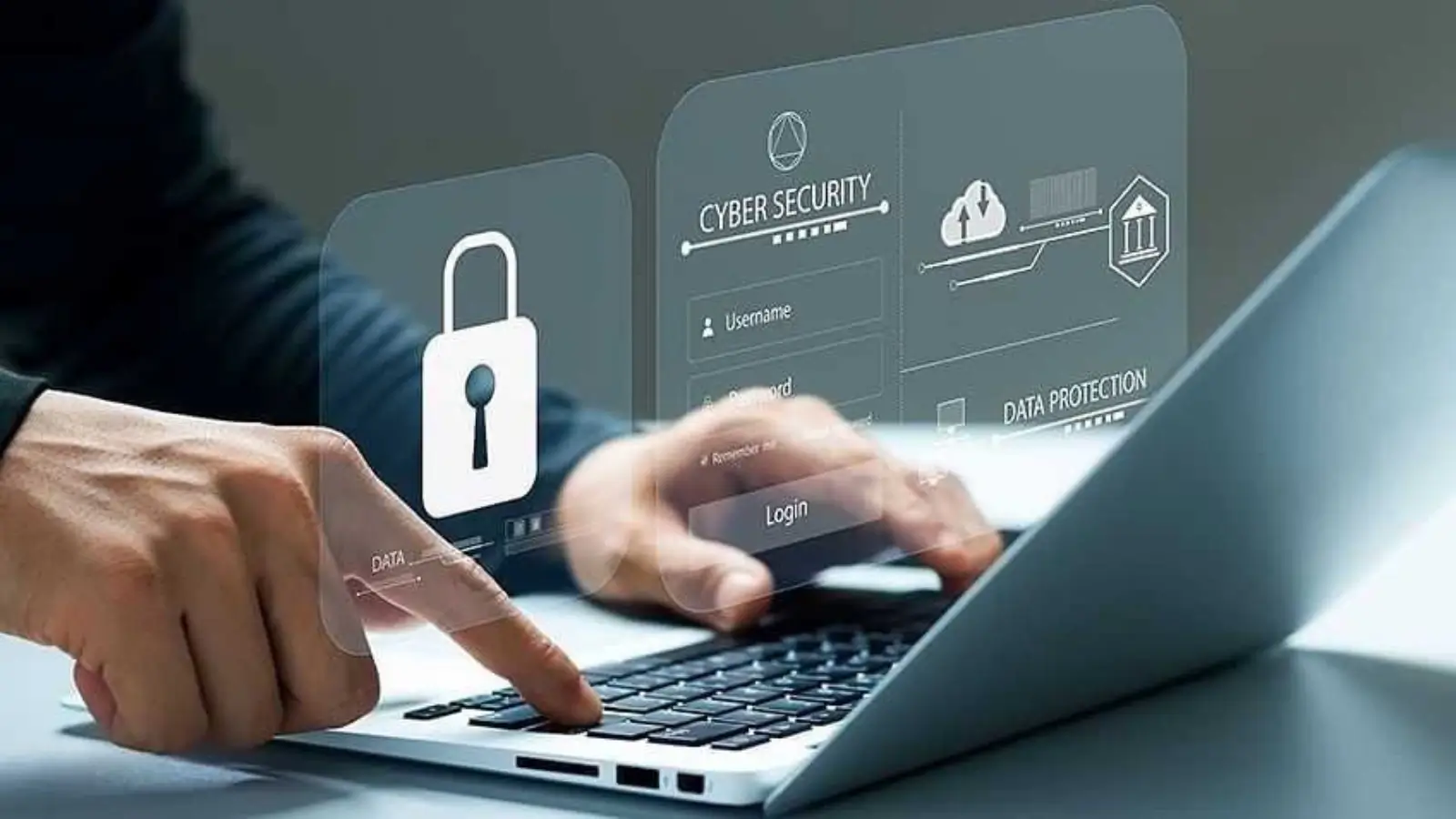


Modern entrepreneurs face an unprecedented digital threat landscape. 43% of all cyberattacks target small businesses, with attacks occurring every 11 seconds.
Beyond basic antivirus software, today's entrepreneurs require comprehensive protection that includes secure remote access through the use of a VPN and enterprise-grade security tools.
The financial stakes are enormous. Estimated losses from cyberattacks in the U.S. exceeded $12.5 billion in 2023, up more than 22% year-over-year according to the FBI Internet Crime Report. The average global cost of a data breach reached $4.88 million in 2024, while 60% of small businesses that experience a cyberattack go out of business within six months.
As cybersecurity expert Bruno Aburto explains, "Most SMBs are probably not focused on security. They're more focused on profit and just developing their business. And now we, as cybersecurity professionals, need to translate the risk of cybersecurity and get small business owners to understand that there's a financial impact."
CISA emphasizes that "All organizations—regardless of size—need to adopt a heightened posture when it comes to cybersecurity". Understanding modern threats is crucial as cybercriminals exploit perceived vulnerabilities through AI-driven malware, sophisticated phishing campaigns, and social engineering tactics.
Traditional firewalls can't handle today's sophisticated attacks that use encrypted traffic and application-layer exploits. Next-Generation Firewalls provide deep packet inspection, intrusion prevention, and real-time threat intelligence integration.
Top NGFW solutions for entrepreneurs include the SonicWall TZ Series, Fortinet FortiGate, and WatchGuard Firebox. These platforms offer centralized management and bundled features like VPN support and integrated threat intelligence. Cloud-managed options enable scalable security while maintaining oversight of remote teams.
Implementation best practices include configuring inspection for both inbound and outbound traffic, regularly updating firmware and security signatures, and segmenting networks to limit breach spread. Monitor logs proactively and periodically review firewall rules to reflect business changes.
Endpoints remain prime targets for attackers seeking network entry. EDR tools continuously monitor endpoints for suspicious activities, enabling rapid detection and automated containment beyond traditional antivirus capabilities.
Leading EDR platforms for small businesses include CrowdStrike Falcon Go, Microsoft Defender for Business, and SentinelOne Singularity. These solutions use AI and machine learning to identify unknown threats in real-time while offering centralized management accessible to organizations without large IT departments.
The success of proactive endpoint security is demonstrated by real-world implementations. Adrian College increased its cybersecurity score from 561 to 865 after implementing comprehensive security frameworks that included endpoint protection. Similarly, Moneris successfully blocked a ransomware attack with a $6 million ransom demand in 2023, with their proactive cybersecurity approach preventing data theft and business interruption.
Weak, reused passwords remain a leading cause of security breaches. Enterprise-grade solutions like 1Password Business, Bitwarden Business, and Dashlane Business store and encrypt credentials while automatically generating strong, unique passwords.
Team sharing and admin controls provide centralized dashboards for managing permissions, simplifying onboarding and offboarding processes. Audit trails support compliance requirements while helping identify potential security issues.
MFA adds essential defense layers by requiring additional verification methods like one-time codes, biometrics, or hardware tokens. Many cyber insurance providers now require MFA as a baseline security measure.
Scalable MFA solutions include Microsoft Authenticator, Google Workspace MFA, and Duo Security. These platforms integrate with popular business applications and offer adaptive features that assess risk factors, triggering additional verification only when necessary.
As Scott Schober, President & CEO of Berkeley Varitronics Systems, notes: "It's disconcerting to see that the majority of small business owners I speak with seemed overwhelmed by cybersecurity to the point of doing nothing… I find that when I help business owners clearly identify their assets and what they are trying to protect, they are more attentive to the possibility of losing everything."
Ransomware attacks can encrypt or destroy critical business data, making reliable backups essential for recovery. The 3-2-1 backup rule—three copies of data, on two different media, with one offsite—remains the gold standard for resilience.
Cloud-based platforms like Carbonite Safe, Acronis Cyber Backup, and Veeam Backup for Microsoft 365 offer scalable, secure storage with automated scheduling and encryption. Shoptelligence, an AI-driven retail tech startup, leveraged expert-driven, cost-effective security services to safeguard client data during scaling, demonstrating how startups can access enterprise-level protection within limited budgets.
Establish clear recovery time objectives and regularly test backup and recovery processes to ensure they meet business needs.
The true cost of security breaches extends beyond immediate losses. With 75% of small businesses experiencing at least one cyberattack in the past year and the average cost per breached record reaching $160, proactive cybersecurity measures prove more cost-effective than reactive breach responses.
Budget-friendly strategies include leveraging tiered pricing, considering managed cloud services, and focusing on layered security that addresses critical vulnerabilities first.
Phase 1 (Days 1-30): Assess current security posture and deploy essential tools like NGFW, EDR, and password managers. Configure basic security policies and ensure all systems are updated.
Phase 2 (Days 31-60): Implement MFA and automated backup solutions. Expand endpoint protection to all devices and begin employee awareness training.
Phase 3 (Days 61-90): Refine security configurations based on monitoring data. Conduct backup and recovery drills while establishing ongoing training programs.
The SBA emphasizes that "there's no better line of defense against cybercrime than well-informed employees", making continuous education essential.
Building a security-first company culture where cybersecurity becomes a shared responsibility ensures long-term protection. These five cybersecurity tools provide entrepreneurs with foundational protection against modern threats while supporting business growth and customer trust.